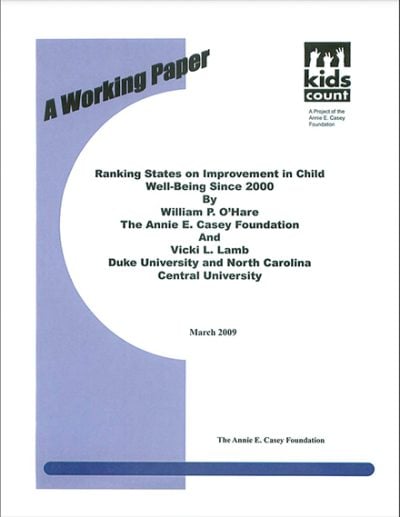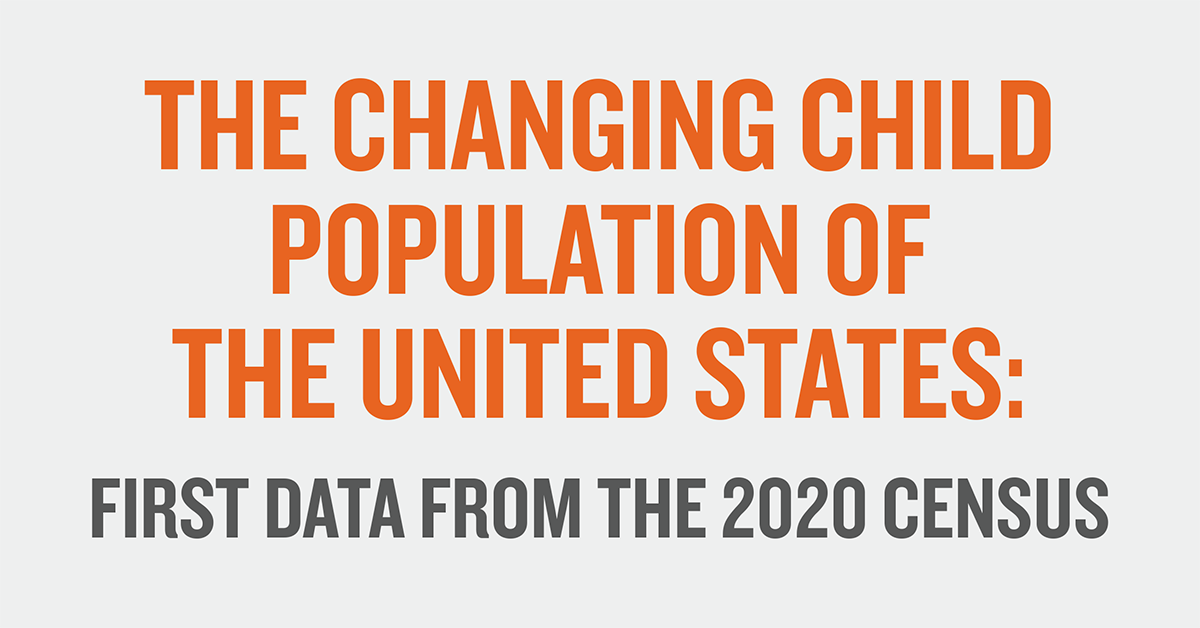Summary
The KIDS COUNT® Data Book uses ten key indicators to consistently measure the educational, social, economic, and health status of children on a state-by-state basis. These indicators are reported individually and used collectively to rank states in terms of absolute child well-being. The KIDS COUNT measures reflect a range of experiences from birth through early adulthood, and they are consistently measured over time and across space — permitting legitimate comparisons across states.
Findings show that — nationwide — child well-being generally improved from 2000 to 2005. However, the report explores the significant variation found across states and across indicators. Among the states that improved the most, no regional patterns were detected. Conversely, the report highlights several characteristics shared by those states that showed the most decline.
The report notes that year-to-year changes are often quite small, and gains made during one year are often negated by declines the following year. Therefore, by focusing on a five-year span, this report reflects solid, reliable data and paints a more definitive picture of child well-being across states.







